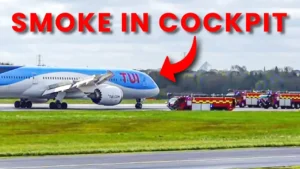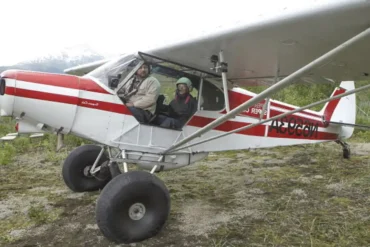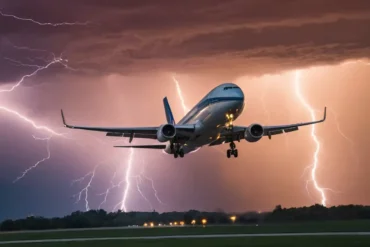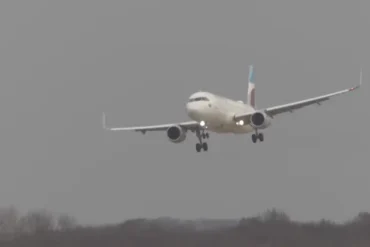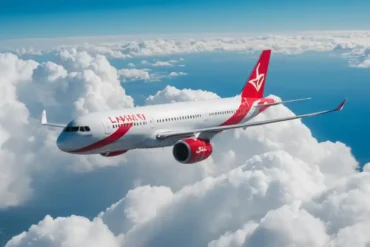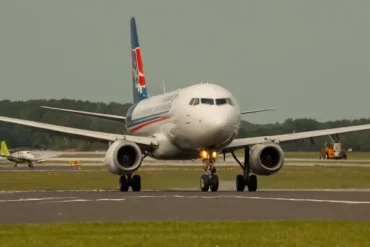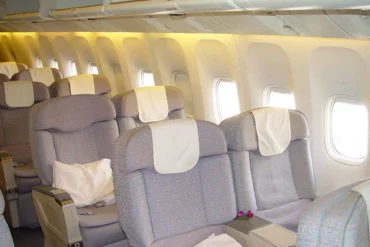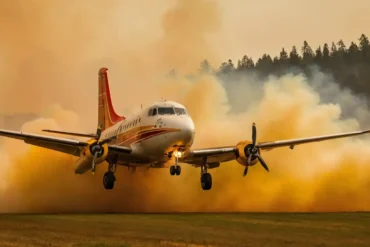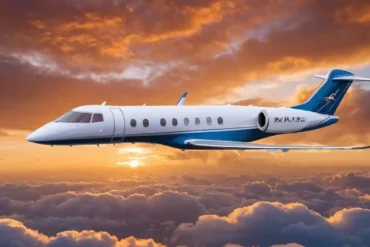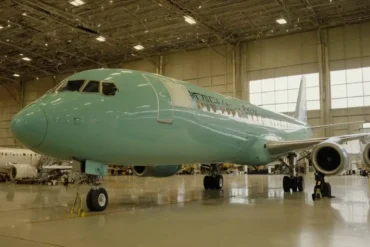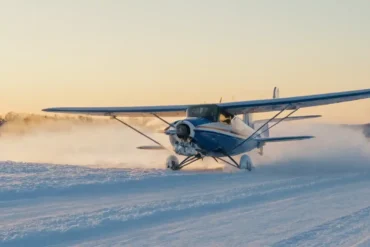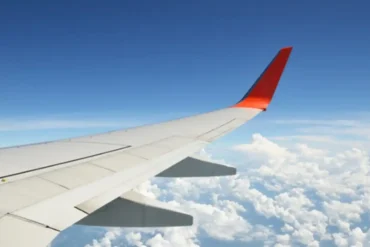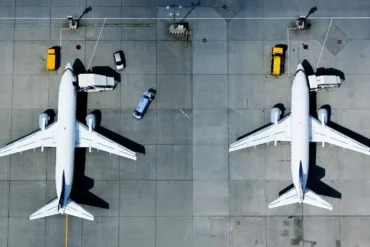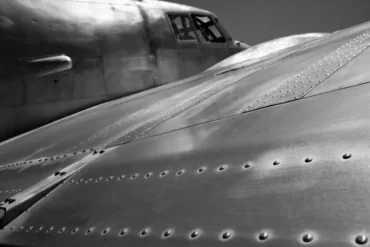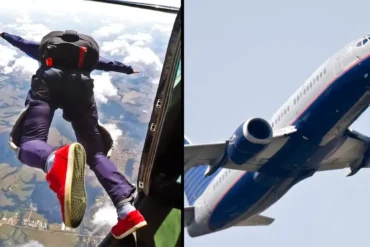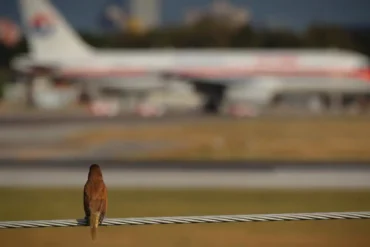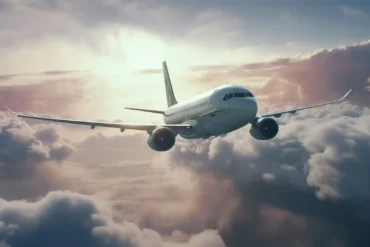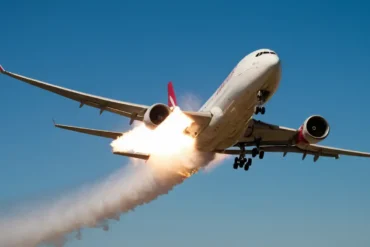Let me tell you about an interesting incident that happened recently. On April 19, 2024, a Boeing 787-9 Dreamliner operating flight TOM156 from Manchester Airport to Punta Cana had to quickly return to Manchester due to smoke in the cockpit. The situation was urgent, so the aircraft, G-TUIL, landed overweight without dumping fuel. Airliners Live even captured footage of the aircraft’s return.
Now, you might be wondering what “overweight” means in this context. Well, every plane has something called a maximum landing weight (MLW). It’s a crucial number, usually measured in tonnes, that ensures the plane can land safely without putting too much stress on its structure and still stop within a reasonable distance. Most big planes, like the ones you see on long-haul flights, have systems to dump fuel if they need to reduce their weight. But here’s an interesting fact: smaller planes, the ones you might take for shorter flights, don’t usually have this capability. Their maximum takeoff weight (MTOW) is the same as their maximum landing weight, so they can land right after takeoff if they need to.
But what if a big plane faces an emergency and needs to land immediately after takeoff, without time to dump fuel? Let’s dive into that.
There are quite a few reasons why a plane might need to make an overweight landing. For example, alarms going off in the cockpit, cabin, or cargo hold – like what happened with TOM156 – require immediate attention. Medical emergencies, technical problems, cabin pressurization failures, bird strikes causing significant damage, and security concerns can all lead to a quick return to the airport without time for safe fuel disposal.
When pilots have to land an overweight plane, they use specific techniques to handle the extra weight. They approach the runway at a higher speed to maintain control and aim for a firmer landing to support the aircraft’s weight effectively. They also make full use of the braking systems, including reverse thrust and speed brakes, to help the plane slow down. It’s a bit like trying to stop a heavier car – it takes more effort and distance.
Speaking of distance, a heavier plane needs more runway to come to a complete stop. Pilots have to be extra careful with their braking, especially if the runway is wet or icy. The higher landing speed also puts more pressure on the tires and brakes, so pilots need to brake steadily to avoid blowouts or skidding. They also use special brake fans to cool things down quickly after landing.
After an overweight landing, it’s crucial to inspect the plane thoroughly. Mechanics check the landing gear for any damage or leaks, examine the tires and brakes for excessive wear, look for stress fractures on the fuselage and wings, and make sure the engines are performing normally. While overweight landings don’t happen often, pilots and crews train rigorously for these situations to ensure they can handle them safely if the need arises.
